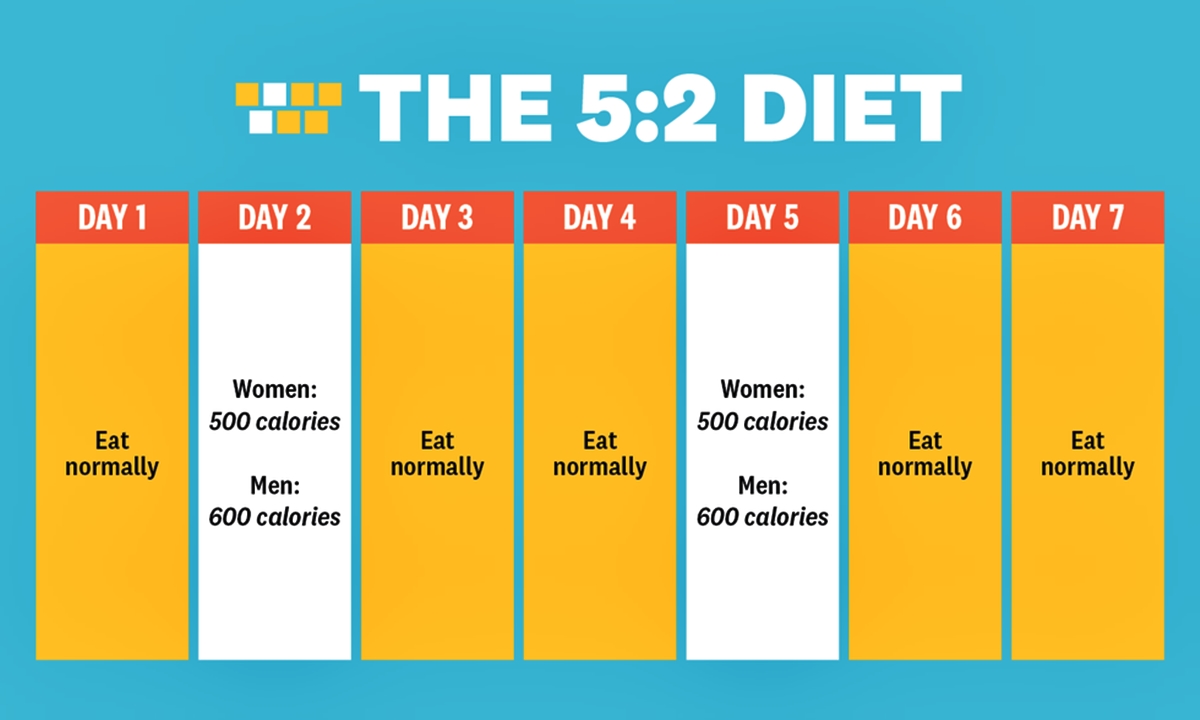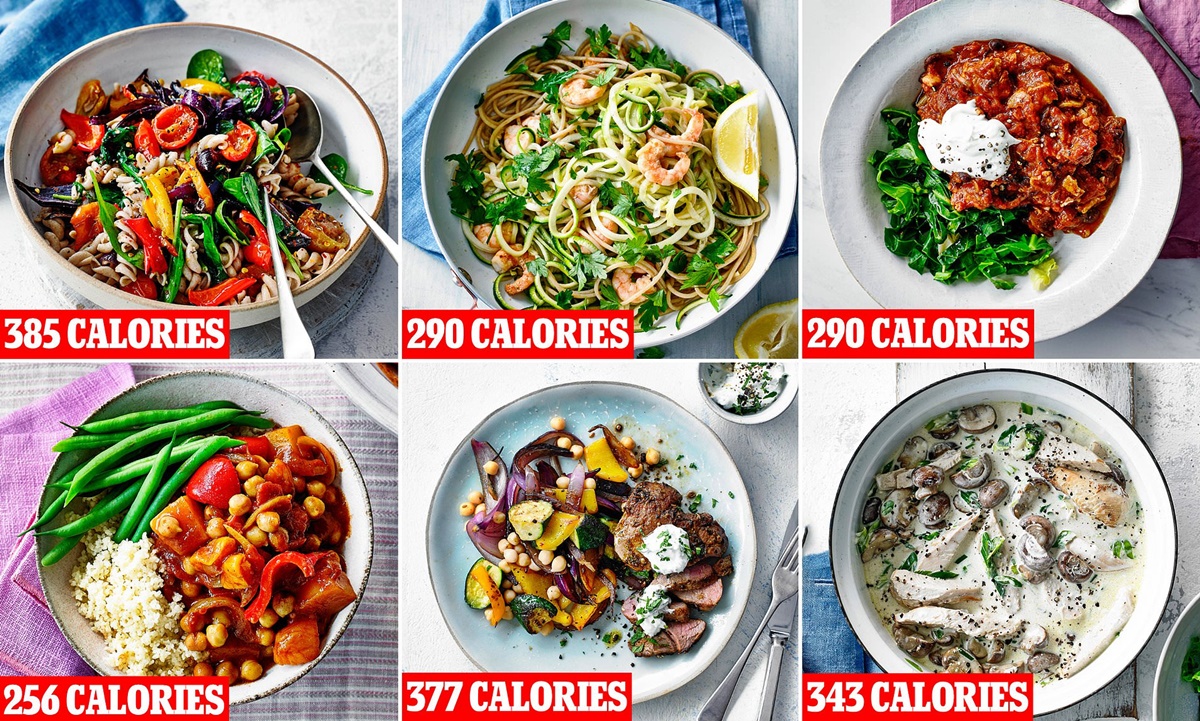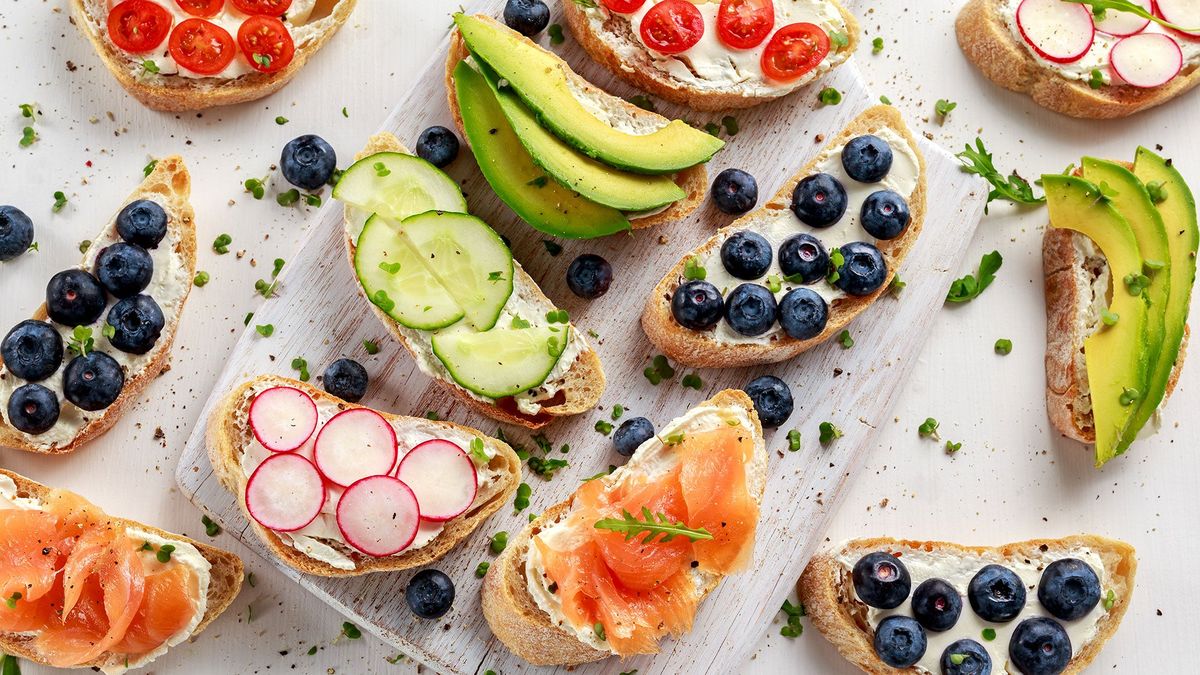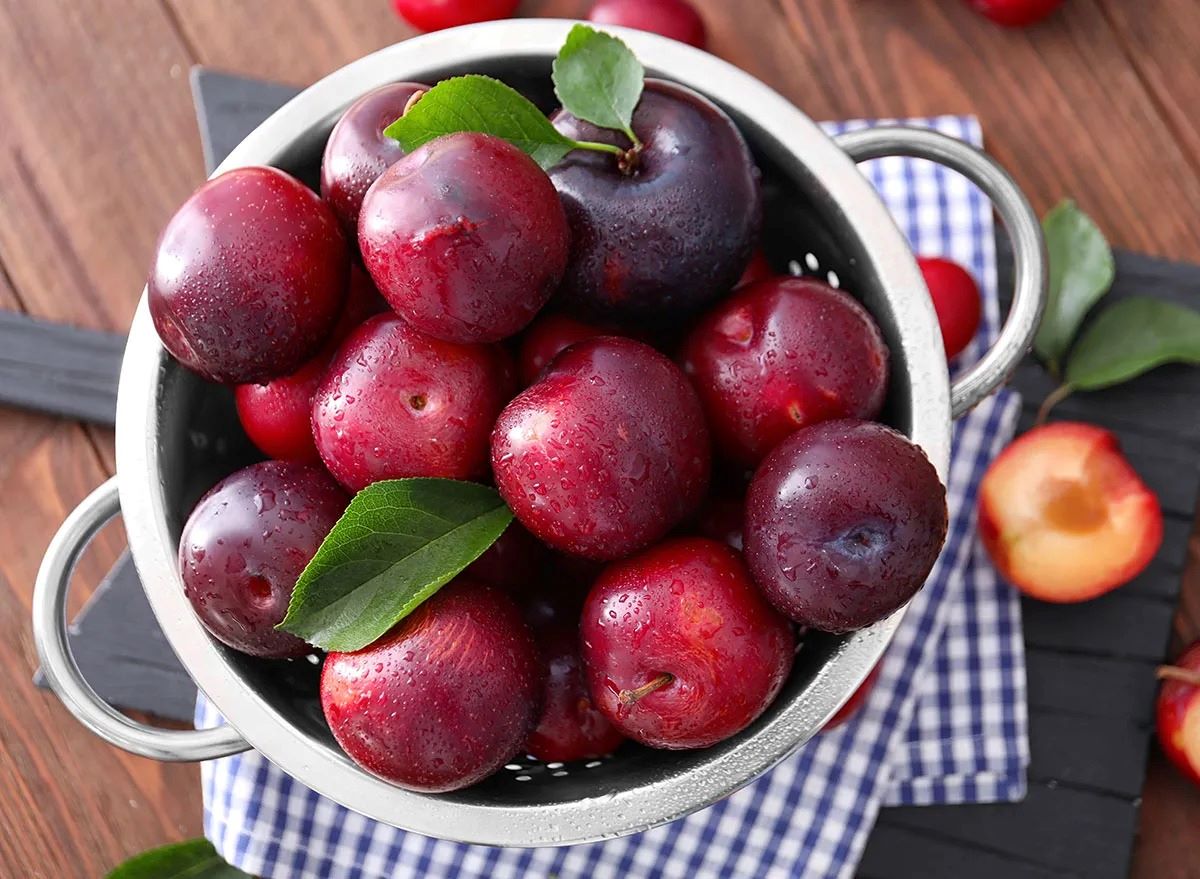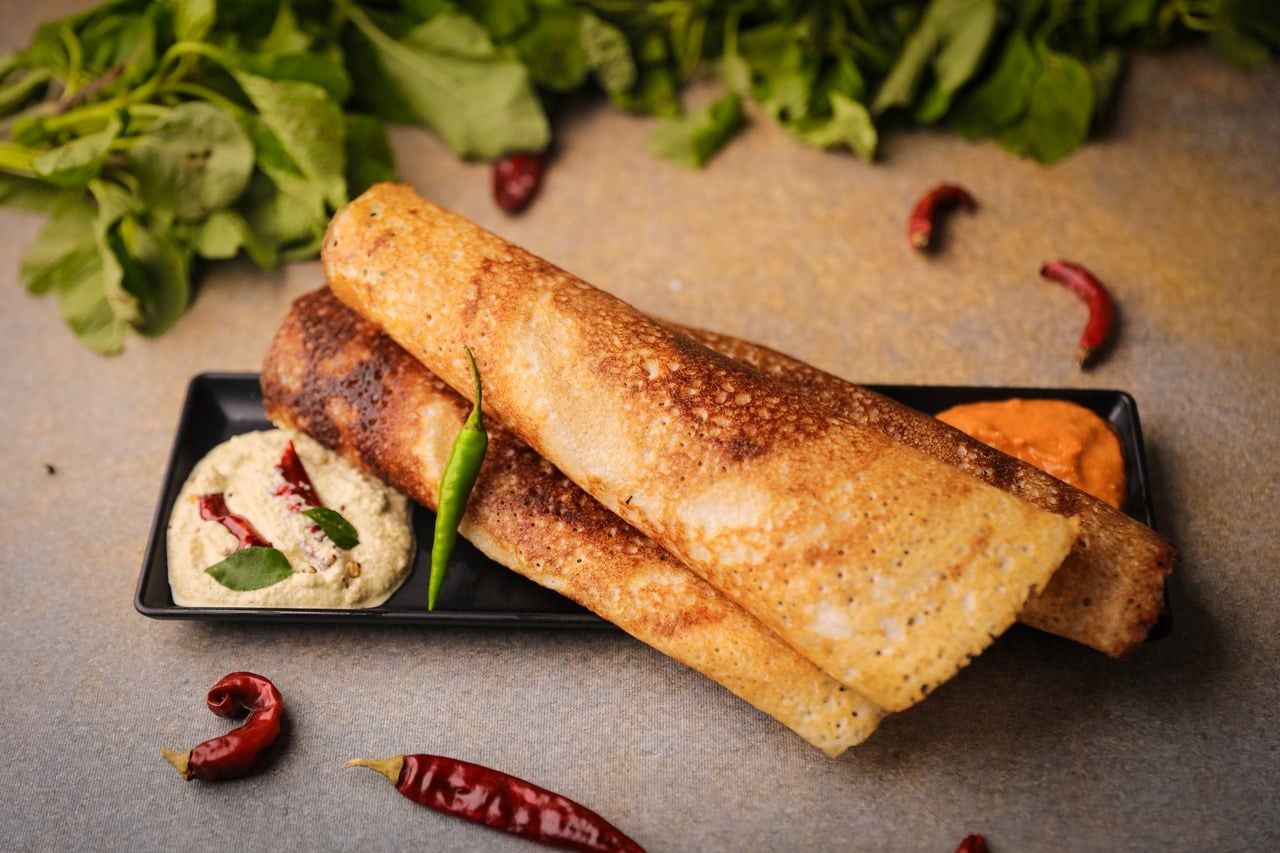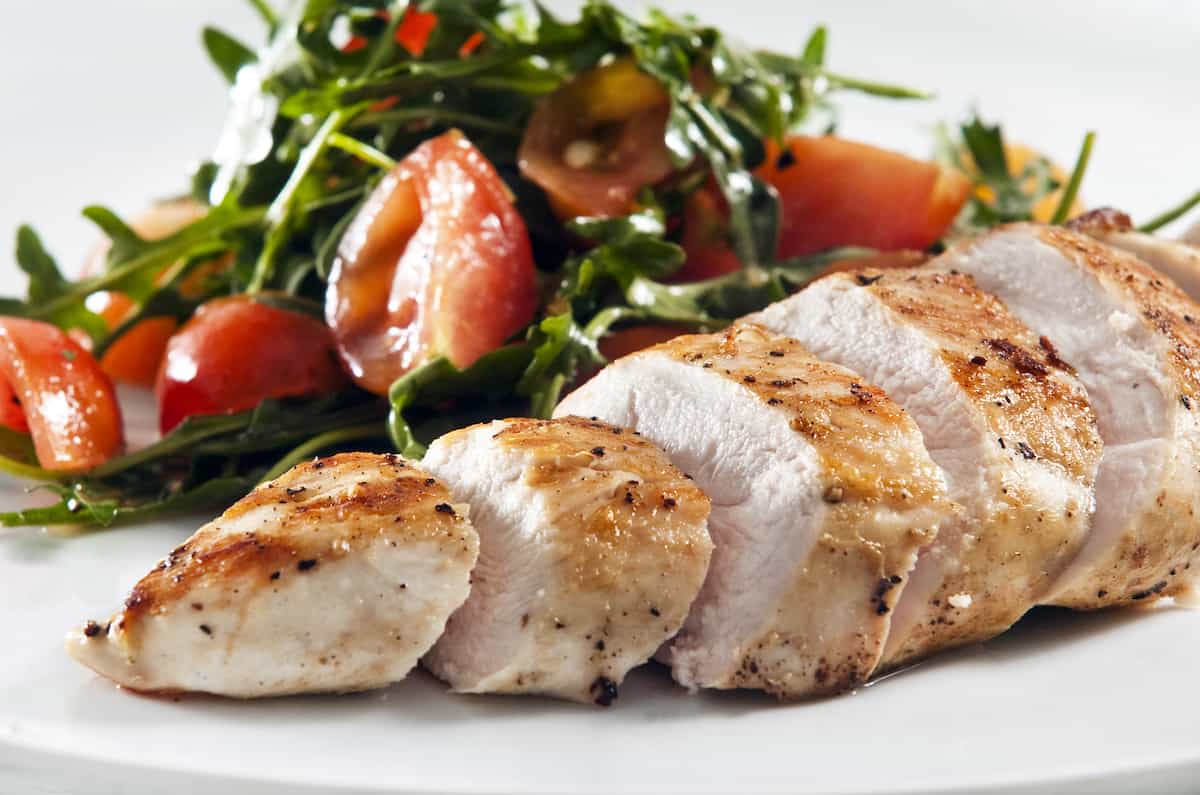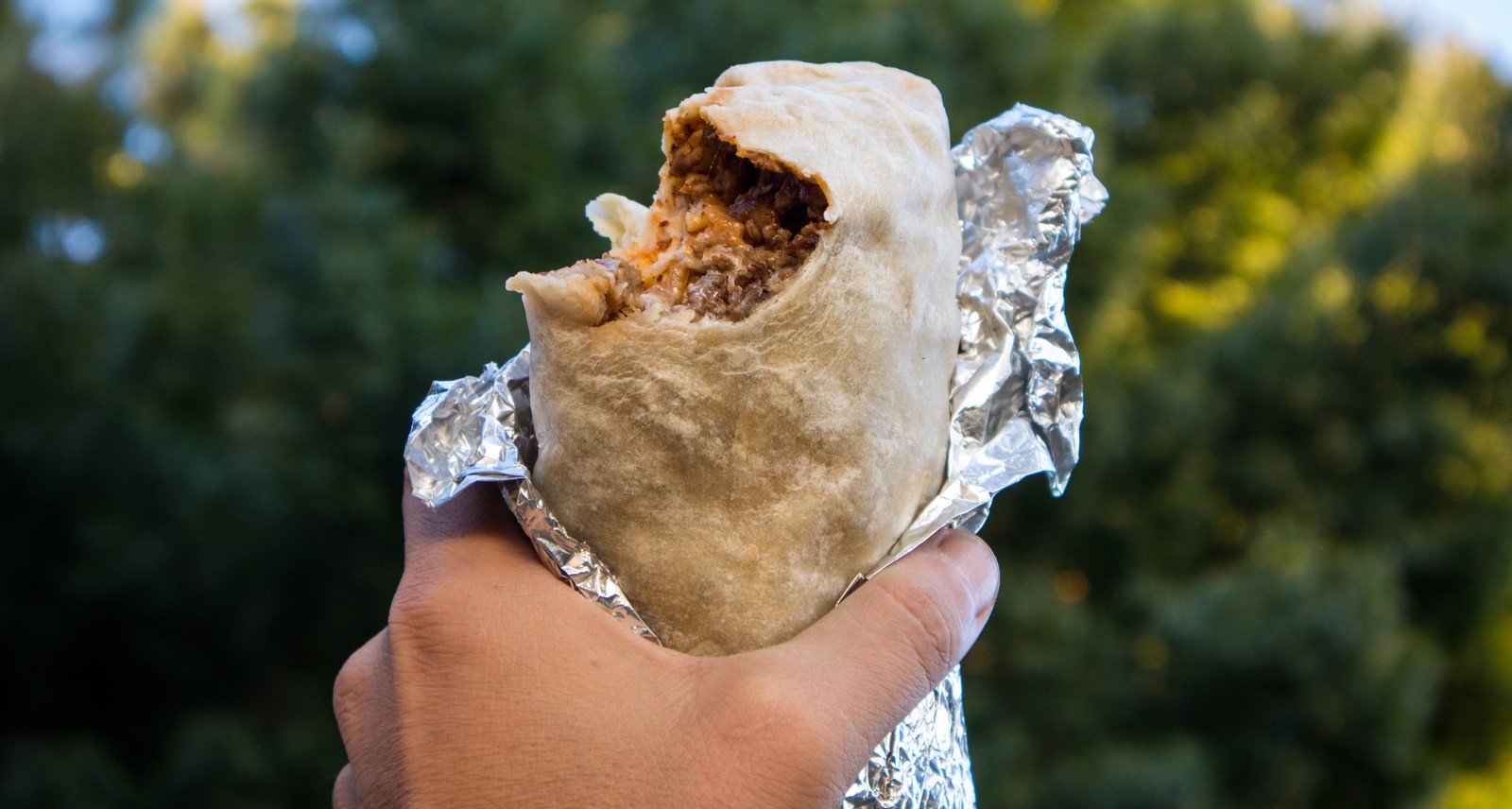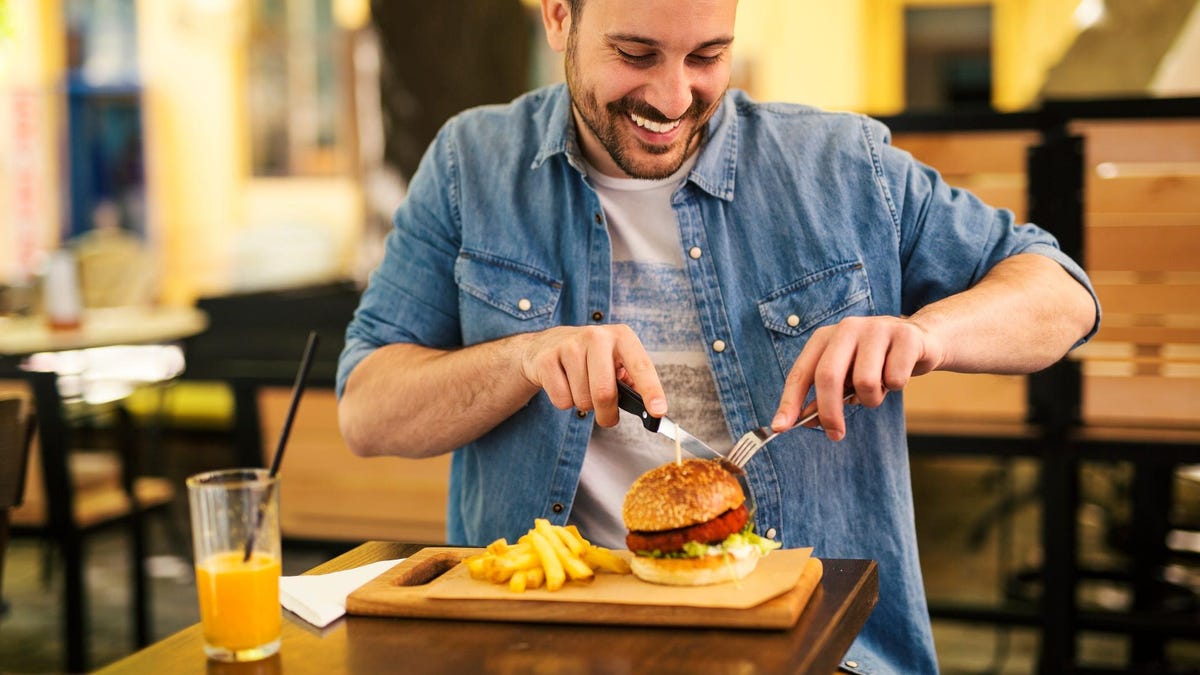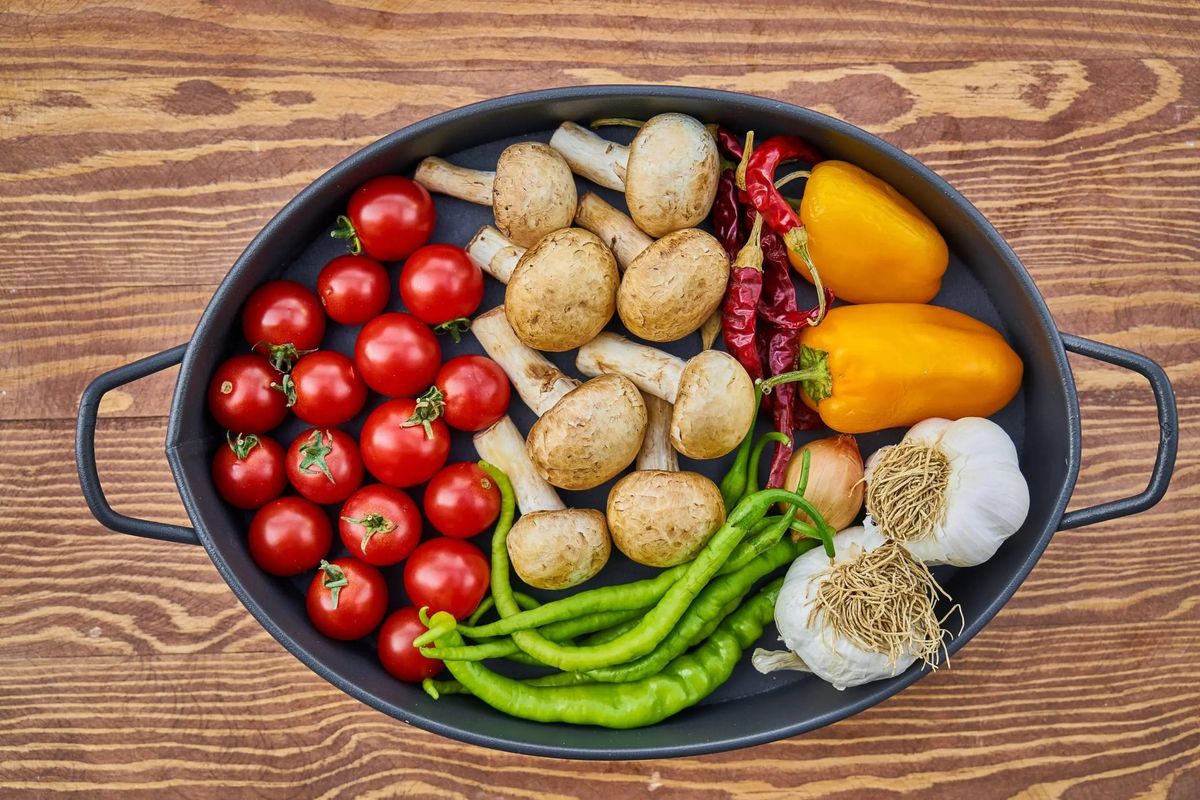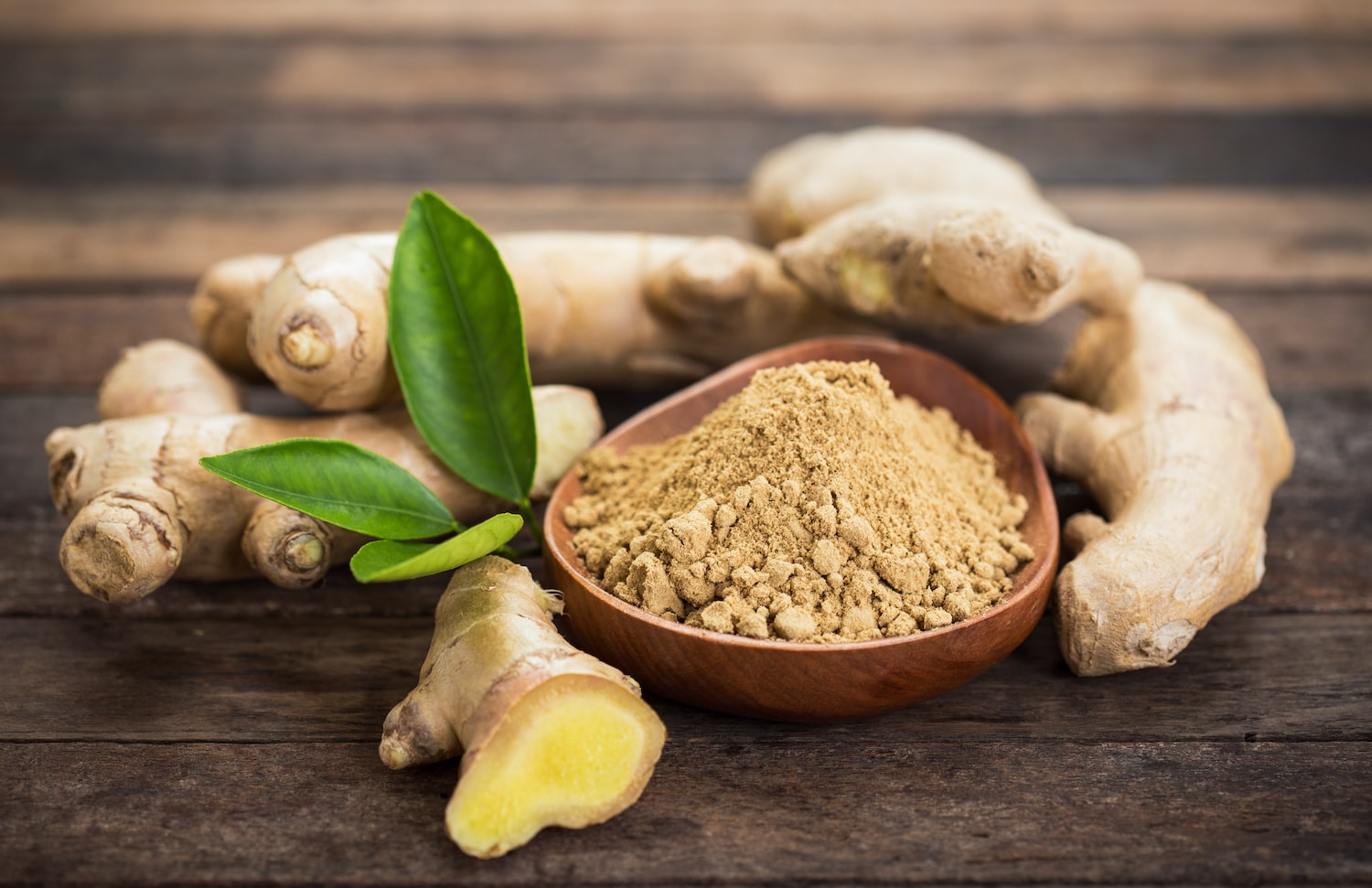Intermittent fasting has become a popular way to manage weight and improve overall health. By restricting eating to specific time windows, many people find it easier to consume fewer calories and achieve their weight loss goals. If you're following a 1300-calorie diet while intermittent fasting, it's important to make every calorie count by choosing nutrient-dense foods that keep you feeling satisfied throughout the day.
Here's a guide on how to eat 1300 calories while intermittent fasting:
Plan Your Eating Window
- Set a specific time frame for eating: With intermittent fasting, you'll have a designated window for consuming your meals and snacks. This could be an 8-hour period, such as 12 pm to 8 pm, or any other schedule that works for you.
Focus on Nutrient-Dense Foods
- Prioritize lean proteins: Include sources like chicken, turkey, fish, and tofu in your meals. These foods are not only rich in protein but also help keep you feeling full.
- Incorporate plenty of vegetables: Opt for non-starchy vegetables like spinach, kale, broccoli, and bell peppers. These are low in calories but high in fiber and essential nutrients.
- Choose whole grains: When consuming carbohydrates, opt for whole grains like quinoa, brown rice, and oats. These provide sustained energy and fiber, which aids in satiety.
Divide Your Calories
- Plan for three meals: Aim to evenly distribute your 1300 calories across three meals. This could mean around 400-450 calories per meal, leaving some room for snacks if desired.
Stay Hydrated
- Drink plenty of water: Staying hydrated is crucial, especially during fasting periods. Aim to drink at least 8-10 glasses of water throughout the day.
Snack Smart
- Opt for healthy snacks: If you prefer to have snacks between meals, choose options like Greek yogurt, a small handful of nuts, or a piece of fruit. These snacks provide nutrients and help keep hunger at bay.
Mindful Eating
- Eat slowly and mindfully: Take your time to savor each bite and pay attention to your body's hunger and fullness cues. This can help prevent overeating and promote better digestion.
Exercise Regularly
- Incorporate physical activity: Regular exercise can complement your intermittent fasting routine. Aim for a mix of cardiovascular exercise and strength training to support your overall health and weight management goals.
Seek Professional Guidance
- Consult a dietitian or nutritionist: If you're new to intermittent fasting or have specific dietary needs, seeking guidance from a professional can provide personalized recommendations and support.
Conclusion
Following a 1300-calorie diet while intermittent fasting can be a sustainable way to manage your weight and promote overall well-being. By focusing on nutrient-dense foods, staying hydrated, and being mindful of your eating habits, you can make the most of your calorie intake while following an intermittent fasting schedule. Remember to listen to your body's signals and make adjustments as needed to support your individual needs and goals.
